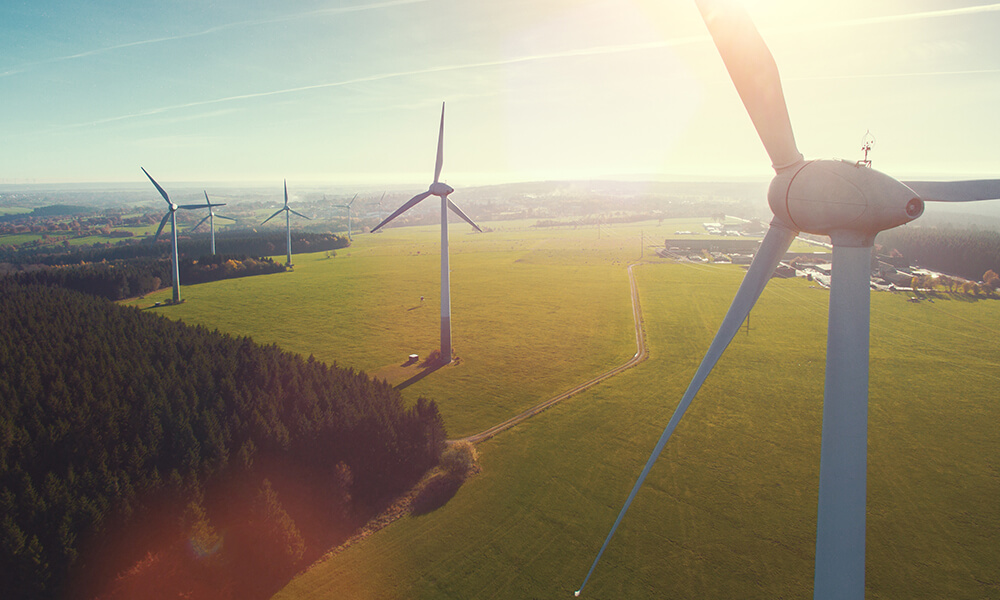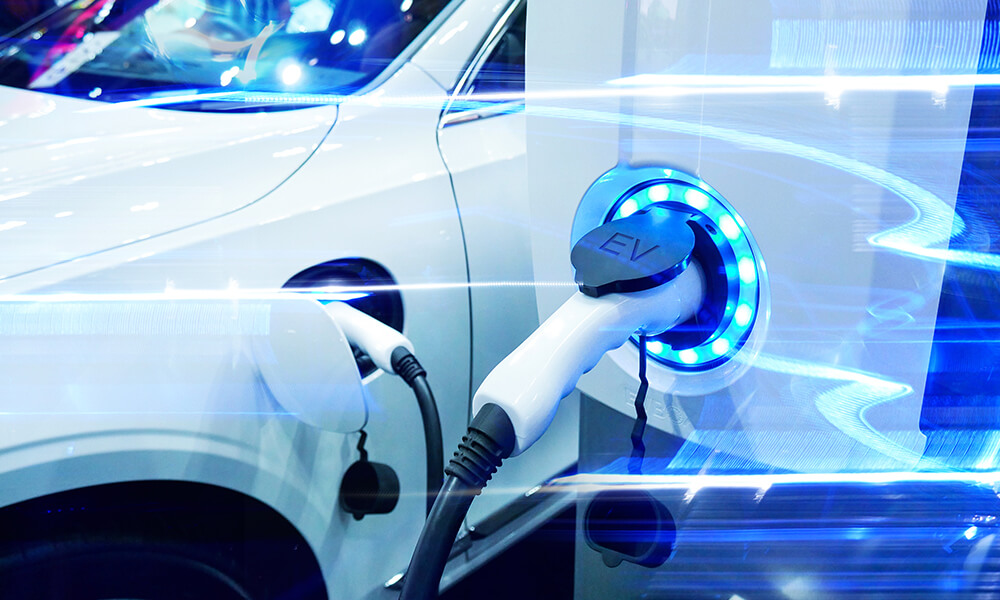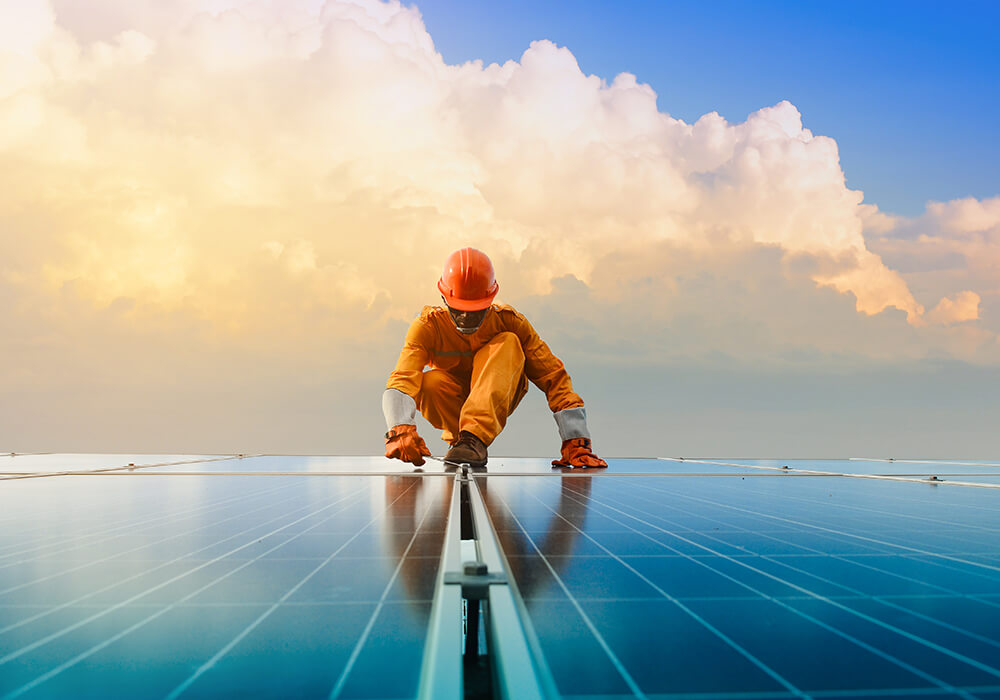Here at J-Tech Solar, we’ve proven our dedication to providing you with the answers to all of your solar power questions. We understand that renewable energy is a booming industry, which means that there are plenty of confusing myths, complex information, and different companies emerging who are providing companies and residences with energy. This week we’re helping to make this topic a little less confusing by walking you through the different types of renewable energy you might see around your city and the benefits of renewable energy that you and I can enjoy.
SOLAR
Solar energy is created by converting sunlight directly into electricity. While scientists are working on new and creative ways to perform this process, most solar energy is created through the use of solar photovoltaic (PV) panels that are installed directly on top of a flat surface to help better absorb the sun rays. Solar power is one of the most widely used sources of renewable energy, and many cities around The United States are requiring new houses to be built with solar panels to help create a cleaner environment. If you’re interested in green energy, installing solar panels at home is a great way to start saving.
WIND POWER
Wind power, also known as wind energy, is the process of using wind to generate mechanical power or electricity. Wind turbines (often seen in rural areas) convert kinetic energy in the wind to power. Often times this mechanical power is used for specific tasks for farmers nearby, such as grinding grain or pumping water. However, the energy can also be converted into electricity by a generator, meaning that renewable energy from the wind can be enjoyed by just about everyone. Depending on the energy needs, the specific wind turbines will vary in size and function, but will all use the same process of creating clean energy from the wind.

HYDROELECTRIC ENERGY
Many cities with moving water utilize this type of green energy to help generate electricity. Nevertheless, many residents are unaware when this form of renewable energy is being used in their town. Similar to wind turbines, huge power generators are placed inside water dams, and the water flowing through these dams spin turbine blades which are connected to the generator. The blades spin, provide power to the generator, which is then sent to homes and businesses directly. China is the largest producer of hydroelectricity, and hydroelectric energy consists of about 17% of the world’s electricity production.
BIOMASS
Biomass is an organic material that comes from plants and animals, and is a renewable source of energy. To generate this type of renewable energy, the materials can be anything organic, such as wood, agriculture waste materials, food, and animal manure. When biomass is burned, the chemical energy is released as heat. Some people prefer to burn the material directly, while others prefer to convert it to liquid biofuels that can be burned as fuels. Currently, biomass fuels only provide about 5% of total primary energy use in The United States.

HYDROGEN AND FUEL CELLS
Hydrogen can be used as an alternative fuel that has a very high energy content by weight. As the most abundant element on earth, hydrogen is produced from fossil fuels, biomass, and water electrolysis. Essentially, hydrogen can be produced in many different ways, and can either be clean and renewable, or destructive to the environment. Fuel cells are similar to batteries, and produce electricity without combustion or emissions. They never need to recharge as long as there’s a constant source of fuel, such as hydrogen. If the hydrogen is produced from a clean energy source (such as biomass or water electrolysis), machines running off fuel cells will run longer, more efficiently, and won’t emit off harmful gasses or chemicals.There are countless types of renewable energy that scientists are still working on improving, however, the above listed are the most common forms of renewable power generation around the world. If clean energy interests you, it’s time to reach out to your experts to chat more about the benefits of renewable energy and how solar panels will fit in to your home and lifestyle!





